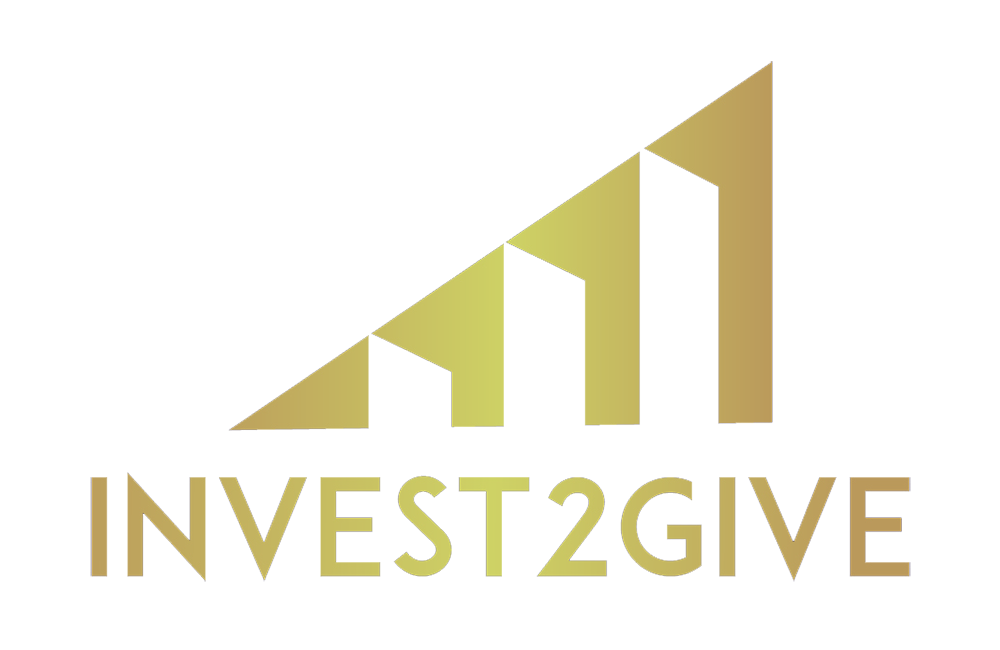
Navigating the world of long-term and short-term strategies can feel like an endless shopping trip, filled with thousands of options, but no true blueprint to immediately select the right pieces. This blog has been created to serve as your shopping companion with the aim of guiding you through the aisles of two key strategies to help you decide which and/or if both resonate with your goals and lifestyle.
Long-Term vs. Short-Term Strategies in the Stock Market:
Picture long-term strategies as a leisurely shopping spree for timeless wardrobe essentials. It’s like investing in those classic pieces that endure over seasons while potentially appreciating in value. On the other side, short-term strategies are akin to a swift shopping sprint for trendy accessories. It’s about seizing short-term market trends for immediate gains – quick, dynamic, and requiring a keen eye for what’s moving in the short-term.
In this marketplace of financial opportunities, your decision to choose between the long-term wardrobe essentials and the short-term trendy accessories hinges on factors like your financial goals, risk tolerance, and the time you’re willing to commit. Long-term strategies require patience, offering less immediate gratification but promising enduring growth. Short-term strategies demand more attention, mirroring the exhilaration of a quick shopping spree but carrying a higher risk due to market volatility.
Pros and Cons of Long-Term and Short-Term Trading:
Let’s take a closer look at the perks and pitfalls of each strategy. Long-term trading is like building a wardrobe filled with quality items. It promises the potential for significant growth over time, leveraging the power of compound interest. It’s akin to investing in pieces that stand the test of time, requiring less time and attention, making it suitable for those with busy schedules. However, like any well-curated wardrobe, long-term investments might weather occasional downturns and loose value in the short term.
On the other hand, short-term trading can feel like a quick run through the market aisles, offering quick profits or losses. It’s like grabbing trendy accessories during a flash sale, requiring more attention and the ability to react swiftly to market changes. The risks are higher due to market volatility, and traders need to stay well-informed and have a robust risk management strategy in place.
Practical Tips for Next Steps:
Align Your Strategy with Goals:
Imagine your financial goals as the items on your shopping list. If you’re aiming for a wardrobe filled with timeless classics, a mix of long-term investments might be just what you need. Consider stocks and bonds as the foundational pieces that promise enduring value over time. For shorter time opportunities, it’s still about quality but allure which impacts movement is also important.
Diversify Your Portfolio:
Think of your investment portfolio as a shopping cart filled with a variety of items. Diversification is like choosing different items from various sections of the store. Spread your investments across various asset classes – stocks, bonds, mutual funds and maybe even a sprinkle of real estate – to create a well-rounded and resilient portfolio.
Stay Informed but Don’t Obsess:
Become the savvy shopper of the financial marketplace. Keep yourself updated on market trends and news, and secure the support of a reputable licensed financial professional if you need help.
As you navigate the marketplace of stock trading, envision your journey as a shopping spree curated uniquely for you. Balancing long-term commitment and short-term moves is similar to filling your cart with both timeless classics and trendy accessories. Your financial wardrobe, much like your actual wardrobe, is a reflection of your style, aspirations, and the rhythm of your life. With the understanding of the nuanced dance between long-term and short-term strategies, you can confidently stride through the aisles of the stock market, making decisions that resonate with the style of your financial aspirations – a shopping trip uniquely yours.
Knowledge is your currency in the stock market, and your education is an ongoing investment. Stay abreast of market trends, new investment products, and changes in regulations. Enroll in courses, attend webinars, and read reputable financial publications to enhance your knowledge.





